Discovery Channel’s “Alaska: The Last Frontier” has been on the air for over a decade, as people’s fascination with the Kilcher family never seemed to wane. The reality television series premiered on 29 December 2011, and featured the extraordinary lives of brothers Atz and Otto Kilcher and their families, as they followed a subsistence lifestyle and survived the elements in remote Alaska. As the show attracted considerable attention, people were naturally curious about Lenedra Carroll, the ex-wife of Atz, and her estranged relationship with daughter and singer-songwriter, Jewel Kilcher.
Background on Atz Kilcher and his family
Atz has seven siblings, but only the lives of his family and Otto’s were chronicled in the TV series. His family was of interest to many as his father was Yule Kilcher, a Swiss immigrant who settled in Kachemak Bay and along with his wife, Ruth, established a 160-acre homestead using her dowry, which later grew to 660 acres of land. Yule produced “A Pioneer Family in Alaska,” a documentary about his family’s life on a homestead, and showed it all over Europe sometime in the 1950’s. In November 1955, he was one of the delegates from Alaska who took part in a pre-statehood constitutional convention, and later served as a state senator from 1963 to 1967.
Great find by a fan! Yule Kilcher in Mother Earth shirt @AtzLee @NikosKilcher http://t.co/wdtcvWPY5i #ATLFWoodshedcam pic.twitter.com/BQzWCkimzX
— KilcherCamFans (@KilcherCamFans) October 7, 2014
Yule and Ruth’s marriage lasted for 29 years; she left Alaska after their divorce in 1969, and remarried two years later. He passed away at the age of 85 in 1998, after she died the previous year. Articles were often written about the Kilcher family, and the children believed that their mother wasn’t given enough credit. Ruth raised eight children, and worked as hard as her husband in building and managing the homestead. Atz’s brother said, ‘It takes an idealist to get it to the ground, and then it takes a doer to make it happen. And so he was the idealist, I think. Growing up, mom was more the doer.’
Atilla Kuno “Atz” Kilcher was born in 1947 in Switzerland when the family went there for a visit. Growing up on the homestead meant hunting, fishing, raising and butchering animals, and growing their own food. There was no indoor plumbing or electricity so they had to haul water and coal. Atz and his siblings were homeschooled until they were in their teens since the school was too far for them to walk, and they could only ride in a horse-drawn wagon when it was low tide. He developed skills that were necessary to survive in the wilderness, and the harsh winters.
As the fourth child but first-born son, his life was tough, not because of the back-breaking work on the homestead, but because of the cruelty inflicted on him by his father. His siblings suffered too, but not as much as him, and he did his best in protecting those younger or weaker than him. In his memoir, “Son of a Midnight Land,” published in 2018, he wrote about having a volatile father, who humiliated, belittled, and hurt him physically. Atz later turned to alcohol and became abusive to his children as well, but apologized by way of letters and passages that spoke to them. He also made peace with his father before the latter died.
https://www.facebook.com/KilcherCamFans/photos/a.570224853061704/3125057487578415/
Atz’s family stayed on the homestead, as they were given residential sites as per conservation easement – five acres for each child. Yule set up the Kilcher Homestead Trust and Kilcher Family Trust in the early 1990’s, to preserve the land for future generations and keep it from being subdivided among his children.
Get to know Lenedra Carroll
Life in the Alaskan wilderness appealed to Lenedra’s parents, Jay and Arva Carroll, so they joined her father’s brother Ward to live on an island near Fairbanks. The environment was harsh with wild animals abound and the population scattered. Even though life was difficult, as they stayed in a ‘tiny one-room log cabin with a sod roof and dirt floor,’ her parents still found it all very exciting. Jay ran trap lines and hunted, and they later moved from Wrangell to Seward as he became a manager for a utility company.
Lenedra was eight when the family finally settled in the town of Homer. Early on in life, she learned that survival depended on one’s creativity, common sense, and good judgment. She greatly admired her father, and has fond memories of him imparting his wisdom and sharing his ideas with her. She said that Jay built an airplane in the early ‘50s and learned how to fly it with the help of a neighbor. With his savings, he bought a small air service, and his business grew to include a marine fuel dock at the harbor. Lenedra worked for him during summers, as she helped with the ledger and manned the radio. Her father would often take her along as he flew in mail, supplies, the locals, and the visitors in the area. Money was not the currency, as he was paid in fish and game, as most people there followed a subsistence lifestyle.
Lenedra married Atz Kilcher in 1969 after his two years of military service including in Vietnam; they divorced in 1982, with Atz granted custody of their children. Lenedra yearned to be free and was ‘committed to living on the wind… supported by the Unseen.’ Still lacking courage, she decided to just live life the way she wanted. She sold all her possessions, settled bills, bought plane tickets, and left her home of 41 years. At that time, her two children were away at school, and the youngest who was 16, was with Atz, so she ‘felt free to jump with abandon into the unknown.’ She only had $300 in her pocket when she left Alaska in 1991, to live in San Diego.
https://www.facebook.com/SingingInTheDawn/photos/336968253067078
For three years after her divorce, Lenedra struggled financially as she worked part-time and focused on restoring her health. Instead of working minimum-wage jobs, she taught music and art classes as well as led self-help groups. Later on, she established an art glass business, started a radio show, and wrote a column for a newspaper.
What happened to Lenedra?
Jewel’s story and her estrangement from her mother
Singing was in Jewel’s blood, as her grandmother Ruth taught her children how to sing and play music to pass the time, back in the day. Atz and his siblings even performed in Europe whenever Yule did presentations about life in Alaska as a homesteader; some even likened them to the Von Trapp children (“Sound of Music”). Jewel and her father would sing together in bars, and she went on to become a successful singer-songwriter.
Her life wasn’t easy, and her success was marred by her mother’s betrayal. Jewel was only eight when Lenedra left, and her longing for a mother was made worse by an abusive father. She left home when she turned 15, and attended Interlochen Arts Academy in Michigan on a partial scholarship.
She sought her mother out, and stayed with her for a while. Having limited resources, Jewel was later told by her mom that they should both live in their respective vans, where they could have a simple life, free from pressure and the burden of worrying too much about money. She could write songs, sing, sketch and dream. Mother and daughter met often and made plans.
Jewel performed at coffeehouses and small clubs in San Diego, where she slowly gained recognition, caught the eye of Atlantic Records executives, and signed a recording contract with them. As someone who sold more than 30 million albums worldwide and received multiple Grammy nominations, one would think that having Lenedra as her manager was a sound decision.
In her memoir, “Never Broken: Songs Are Only Half A Story,” published in 2015, Jewel revealed that she just turned 30 when she found out that she was broke, was millions of dollars in debt, and believed that her mother was the one responsible. It was a sobering reality that she had to face as she wrote, ‘I can’t tell you the tears I’ve cried to see who my mom really is,’ and added, ‘I can’t tell you about the pain and how my heart to this day screams to have a mom in my life. But I know that it’s not safe with her.’ Over the years, she was surrounded by ‘cult-like spiritual leaders’, along with her mom who held sway over decisions regarding her career and her finances. She later had to de-program and free herself from their influence.
https://www.facebook.com/224996448445330/photos/pb.100061118454580.-2207520000../739836976961272/?type=3
Writing the book was cathartic to her. She didn’t want to hang onto her pain or be bitter about life, as she said that life came with challenges and that people had to overcome them. She didn’t want to paint anybody as villains, even her parents, saying that they were not good or bad, just human.
She made peace with her father Atz, and appeared with her son Kase in a few episodes of “Alaska: The Last Frontier” in 2016. However, Jewel hadn’t seen or spoken to her mother since 2003; she still misses having a mom, but not Lenedra.
Understanding Lenedra
For someone who didn’t appear to be greedy, at least based on what she wrote in her 2001 book, “The Architecture of All Abundance: Seven Foundations to Prosperity,” it was a conundrum why she betrayed her daughter, and stole Jewel’s hard-earned money. Her book gave an insight into how she thinks and what drove her.
https://www.instagram.com/p/CaCnx5GO48g/
Lenedra once quit after two weeks of working for a car rental company after high school, because she found it boring. From that time on, she would only work if the job was ‘wonderful’, even if she was paid nothing. She then set a minimum wage for herself at $25 per hour, later raised to $50 per hour, and wouldn’t accept anything less. Having this mindset allowed her flexibility, personal freedom, and opened up creative opportunities, all of which she valued above money.
She recalled going on Jewel’s first European tour and had to deal with various currencies. Over time, Lenedra simply stopped trying to understand them, and no longer asked about the cost of an item, but just asked herself if she needed it. The value of money, she said, had become relative.
https://www.instagram.com/p/CVvnWpVPijy/
Her attitude towards handling Jewel’s finances was that even if there wasn’t much income, as it was early in her career, Lenedra still hired people to do the work she could have done but didn’t, as felt she wasn’t the right one for the job. In doing this, she believed things would work out in the end, and the money would come to cover the additional expenses, and ‘magically, it did so,’ she said. Lenedra said that for her, a good financial system should reflect her beliefs and fears about money.
Jewel’s debut studio album, “Pieces of You,” was released in 1995, but failed to chart. However, when she toured with the American singer-songwriter Bob Dylan as his opening act, her album reached No.4 on Billboard 200, and this was two years after it was released. With increased album sales and her tours, money flowed right in.
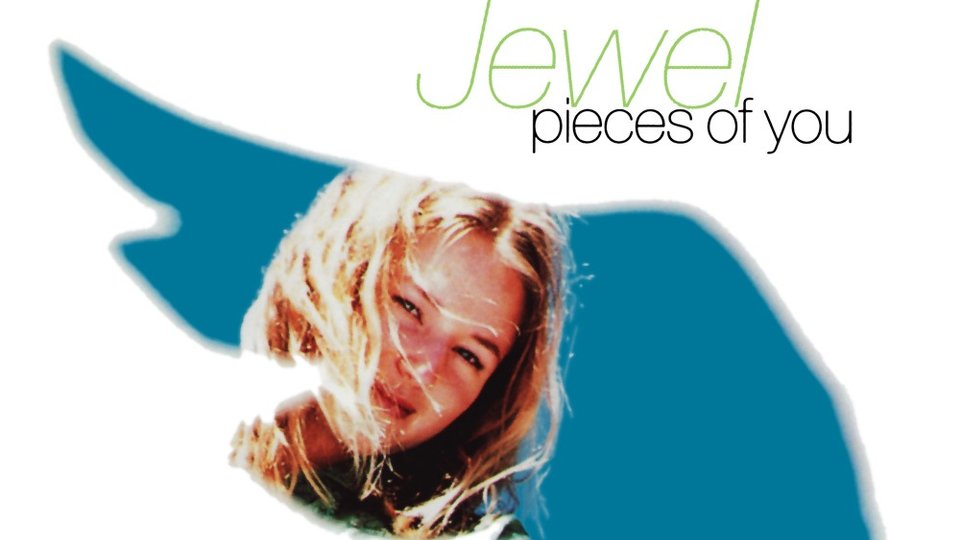
Some music insiders criticized Lenedra for not capitalizing on Jewel’s fame, such as accepting endorsement deals and selling more merchandise. However, she said that it wasn’t the time to make more money, as they had to plan things carefully. She formed a financial team that would handle all the money coming in, that would ensure financial security and allow expansion, saying ‘We were planning for a long-term career to serve artistic development and humanitarian goals. We revisited our goals…and established the channels it would move along, and by what means’.
She founded the Higher Ground for Humanity (HGH), which Lenedra described as a providence-sharing organization. One of the major donors was Jewel, and all the donations that HGH received were said to be distributed with humanist goals in mind. HGH supported a holistic clinic in New Delhi, India, developed an environmental education program in Chile, and launched the Clearwater Project to provide safe drinking water to people in a small village called Sisoguichi in Chihuahua, Mexico, and communities in Lempira, Honduras.
Her journey to spiritual development
Lenedra was someone who thought a lot about life, its intricacies, and its complexities. At 10 years old, she began to question what she was being taught, and how it would shape her as an adult. She pondered for a while about how to be a human being, or what it means to be a human being; she didn’t find the answer in school and in church, so she read autobiographies and biographies of people who led happy and interesting lives, claiming that ‘The answers are found in the individual and collective journey into our Being and in the stillness that leads us there.’
Whenever something bothered her or she was at a loss on how to deal with issues that came up in her personal life and business, she believed that all she had to do was be quiet and asked. The answer would come to her as she said, ‘It just bubbled up from somewhere, from someplace where all the answers are. We can know anything! It’s all right here. We just have to ask.’ There was a process to finding answers, and she developed her own system, calling it a ‘Dream Machine because it’s sort of like a time machine and sort of like dreaming.’ She had to sit down and stare and get herself into a dreamy state – she would imagine herself floating on a pond as big as the ocean, and would slowly sink down to the bottom where it was peaceful. Once she’s in a very calm place, the answer would come to her mind in the form of a voice, thought, or picture, and she would have a full understanding of it.
Ten years prior to writing her memoir, Lenedra took a spiritual development class, and while her friend balked at paying $65 for it, she said didn’t mind how much it cost, despite having limited funds, as she felt like this was an opportunity for spiritual growth. From then on, she would further delve into spirituality, and it guided her in which direction she should go for a more fulfilling life.
This was perhaps brought on by the unresolved issues she had with her parents since her childhood days. Her anger and fear kept her from developing a relationship with them, as an adult. Later on, when Lenedra realized upon reflection that her parents would not be around forever, she let go of the pain and fear, and then made peace with the past. She freed herself from the unresolved feelings, and was able to have a caring relationship with her parents.
Unfortunately, after the issues with Jewel’s money came to light, Lenedra’s relationship with her daughter seemed beyond repair. It was not known if she made efforts to resolve their problems or if she didn’t consider what she did was wrong or a betrayal, considering she made decisions based on understanding the divine and listening to an inner voice while in silence and solitude.
Perhaps the problem between mother and daughter will resolve itself; hold your breath!

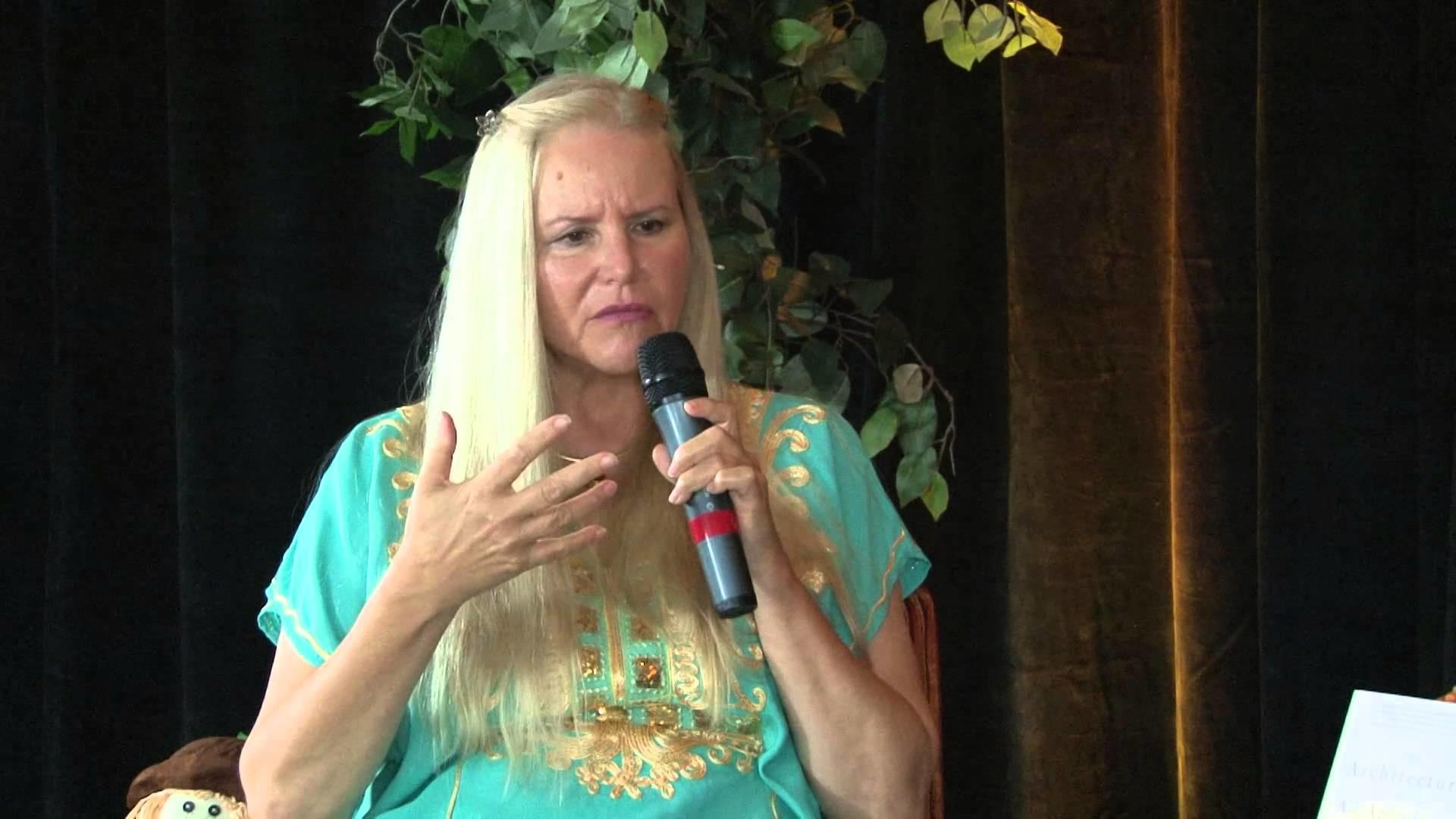

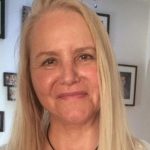
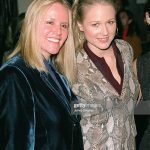
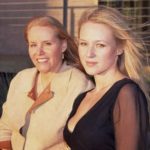
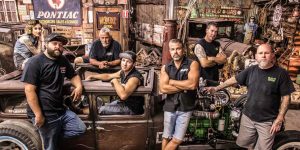
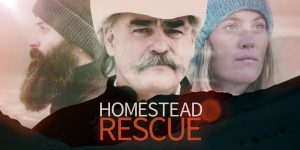



Leave a Comment